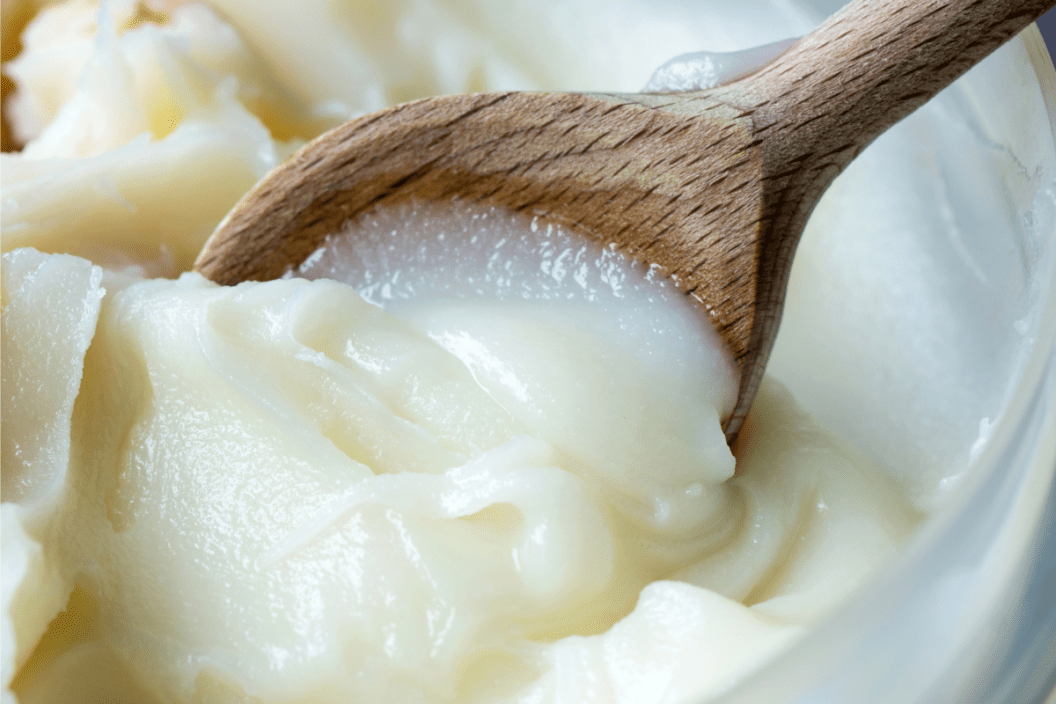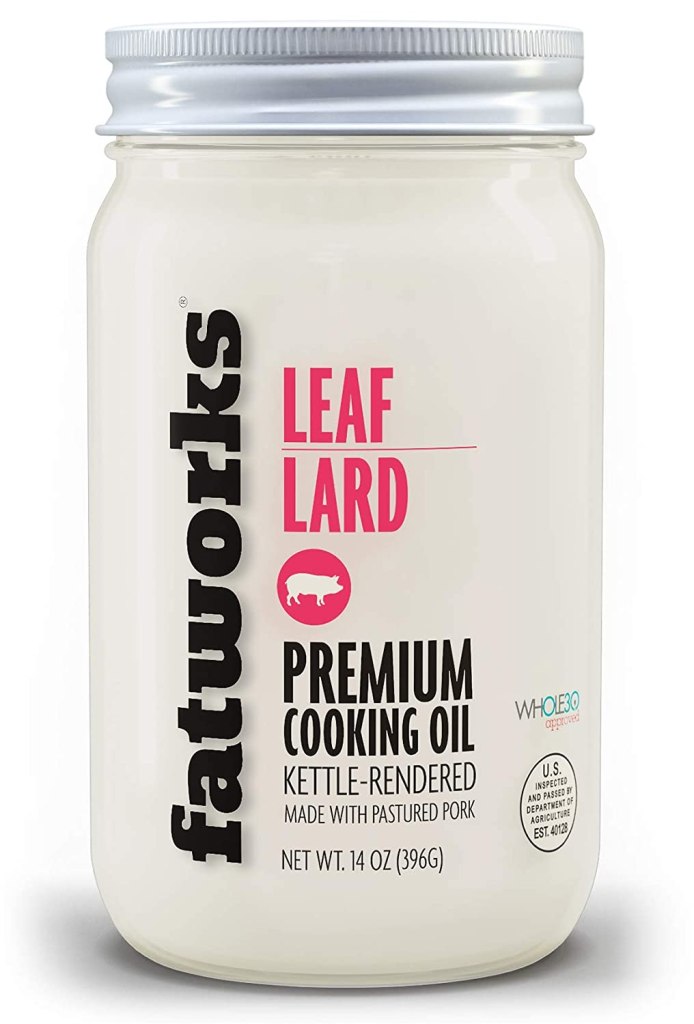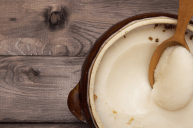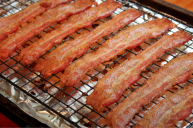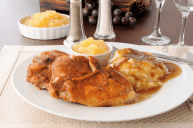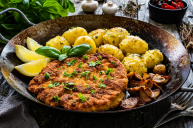If you've ever fried anything in bacon grease, you know just how good cooking with pork fat can be. But have you tried cooking with lard? Lard is rendered pork fat, meaning that pig fat is cooked down (melted and skimmed away from any of the pig meat) then cooled to a soft, creamy solid form. And if you're going to use lard, leaf lard is the highest grade of lard you can use. Not familiar with this particular animal fat? Here's everything you need to know about leaf lard. Trust me, your pie crusts (and so many other dishes) will thank you.
Videos by Wide Open Country
What is Leaf Lard?
Leaf lard is pork lard, but it's not just any old pork lard. If you buy regular lard, you're probably getting the fatback. That's fine for some recipes, but leaf lard is better for other dishes, especially baked goods. At room temperature, this type of lard is soft and spreadable like coconut oil. Plus, most importantly, it doesn't taste like pork. It's one thing to fry in bacon grease to get that porky flavor, but if you're making pie crusts or doughnuts, you want a high quality fat with a more neutral flavor. Because of this, bakers love leaf lard in their recipes.
Leaf fat is the visceral fat, which is the type of fat that runs along the loin of the pig (and if you don't remember where the pork loin is, here's a quick reminder). The fat encases the pig's kidneys and basically comes off in one piece, which weighs around two pounds on an average pig. It's called leaf fat, or leaf lard after it's rendered, because the mass of fat looks a little bit leaf-shaped.
Where to buy leaf lard (or how to render your own leaf lard)
The best place to buy leaf lard is at your local butcher shop or farmers market rather than the supermarket. If you can buy already-rendered leaf lard, that's the easiest way. But if all your friendly neighborhood butcher or farmer has is a cut of leaf fat, the process of rendering lard is really not that difficult.
A pound of leaf fat will render into about 2 cups of rendered leaf lard. The rendered fat keeps in an airtight container for a couple of months; you don't have to refrigerate it, but it does help it keep for a bit longer.
To render your own lard, chop up the fat into small chunks. While leaf fat is a solid hunk of fat, it's still connected to the meat in some places, so make sure you remove any meat you see while you're chopping the fat. Definitely save those pieces to cook, but for pure leaf lard, you don't want any meat or else you'll get more cooked pork flavor.
Add a half cup of water per pound of fat into a heavy-bottomed pot (a cast iron dutch oven is great for this process) and then add your fat. Start with the lid on your pot and the pot over medium heat, so that the water comes up just to a boil, then keep the lid off for the rest of the process and lower the heat so that things stay at a simmer. You want to use low heat throughout the rest of the process; you're melting the fat, not cooking it.
It takes about two hours for all the fat to render. The hunks left in the fat are cracklings - strain those out of the liquid (you can press them in a cheesecloth covered strainer to get every last bit of fat out) and pour the liquid fat into a jar or other airtight container. The liquid fat will look a little yellow at first, but as it cools, it will turn into a creamy white solid.
https://www.instagram.com/p/BajPezSjgnZ/
How to Use Leaf Lard
You can use leaf lard the same way you would use any kind of cooking fat, but it's amazing in baked goods. Leaf lard makes perfect flaky pie crusts and pastry crusts, and if you use it to fry donuts, you'll never use anything else. Use it in cakes, biscuits and tortillas; anywhere you might use shortening, try leaf lard instead.
This post was originally published on January 12, 2021.
